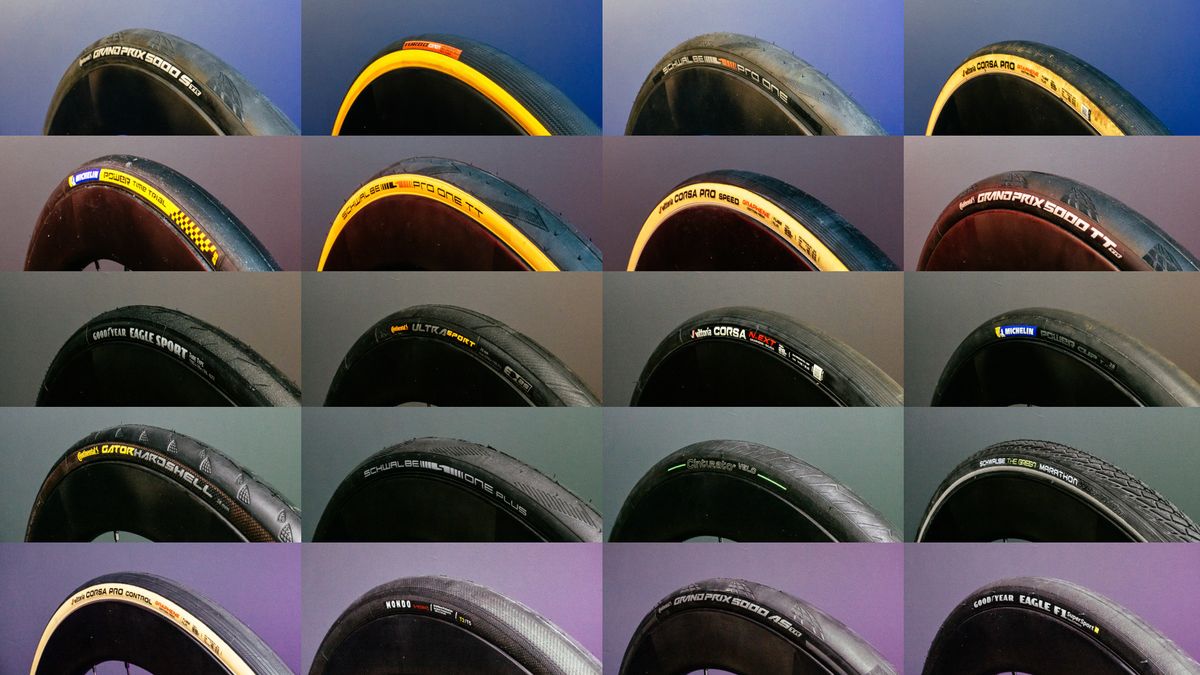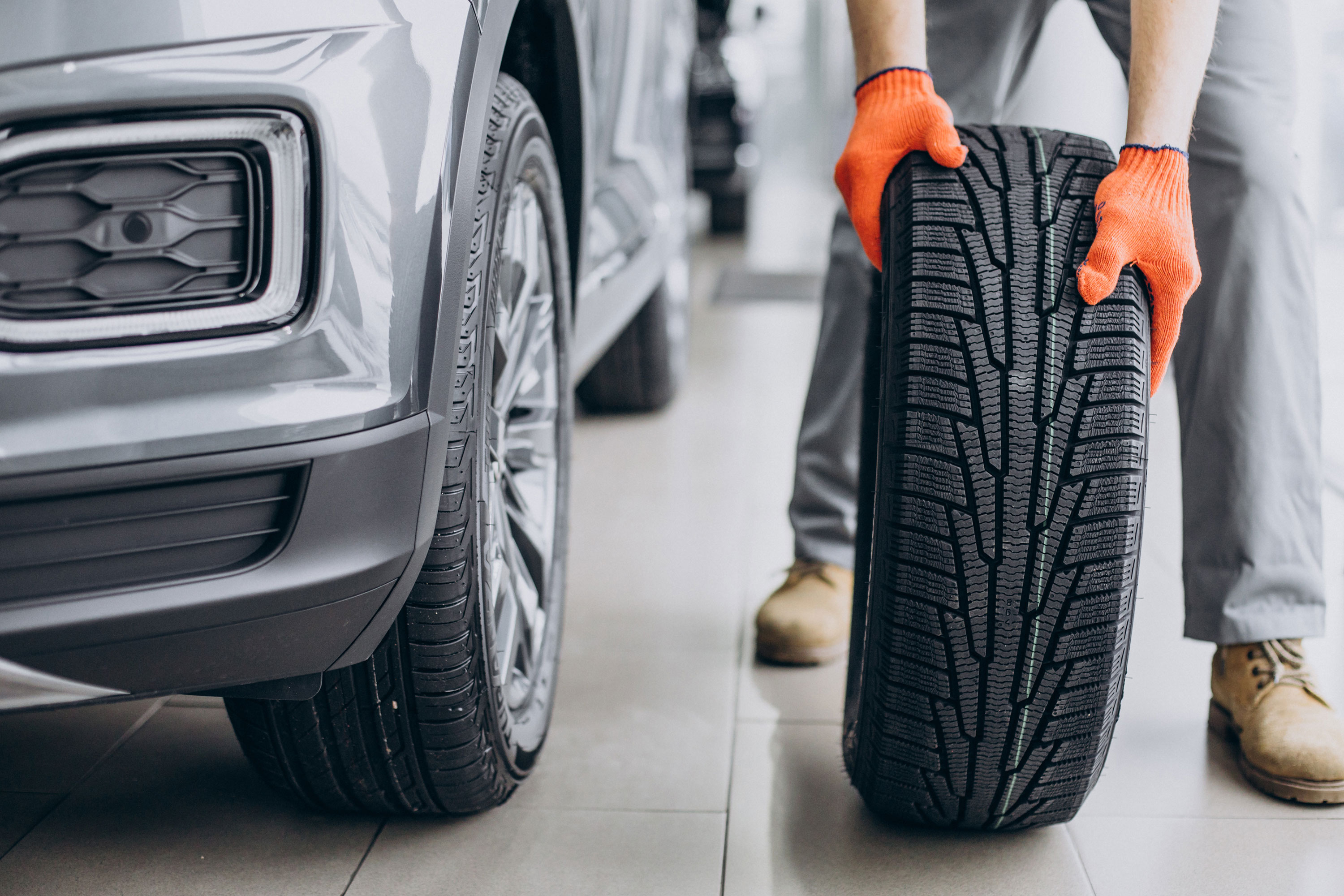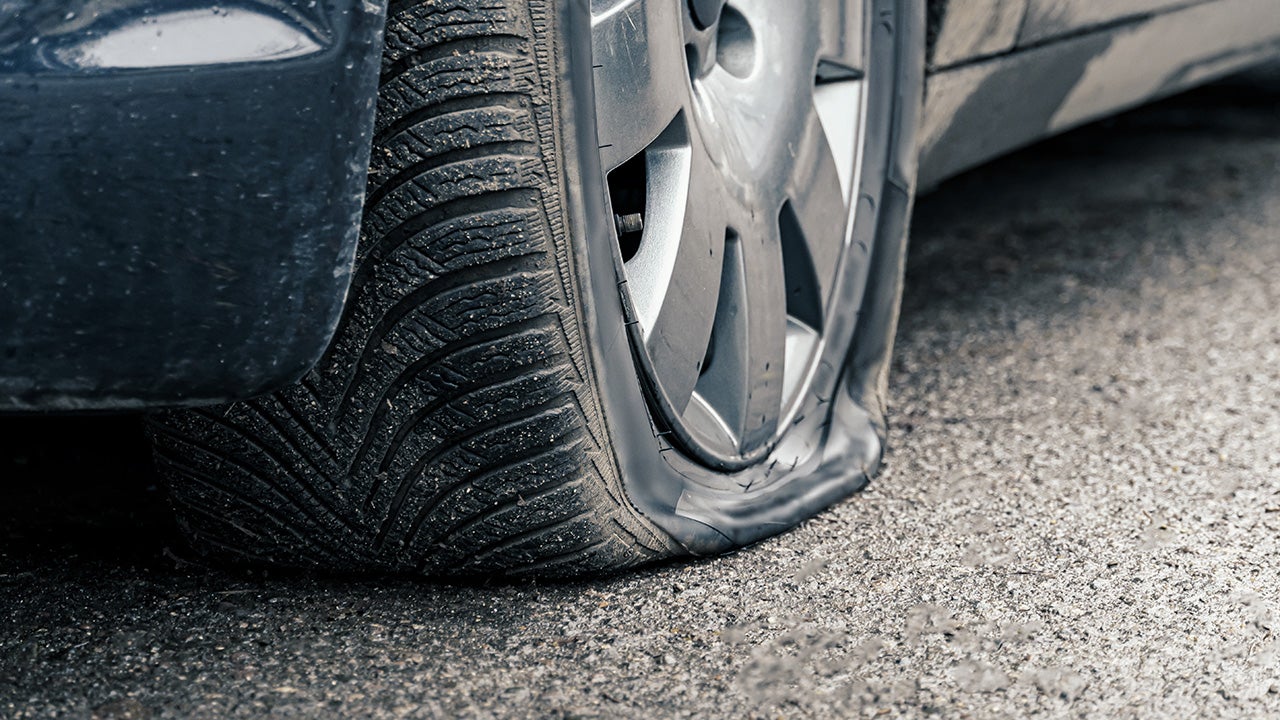All Categories
Featured
Table of Contents
I had the ability to get 100 hours out of one of these tires, and while it had absolutely no tire lugs left on it, the soft compound made it work extremely wellas long as I was utilizing a soft mousse. Kitt Stringer picture Easy installing - 3Wear - 3Sidewall stamina - 3Performance on origins - 4Performance on wet rocks - 2Traction on dirt - 5Cornering capability - 4Traction while stopping - 4Self-clearing of dust and mud - 3Performance in mud - 3Overall predictability or tracking - 3 _ 37 Verdict: This is a good all-around tire with good value for money.

The wear was constant and I such as how lengthy it lasted and just how consistent the feel was during use. This would certainly likewise be a great tire for faster races as the lug size and spacing bit in well on fast terrain. Kitt Stringer picture Easy installing - 3Wear - 3Sidewall strength - 3Performance on origins - 4Performance on damp rocks - 4Traction on dust - 4Cornering capability - 4Traction while braking - 5Self-clearing of dirt and mud - 4Performance in mud - 4Overall predictability or monitoring - 4_42 Verdict: I liked this tire a lot.
If I had to purchase a tire for difficult enduro, this would remain in my leading choice. Easy installing - 3Wear - 3Sidewall stamina - 3Performance on roots - 4Performance on wet rocks - 3Traction on dirt - 4Cornering ability - 3Traction while stopping - 3Self-clearing of dust and mud - 4Performance in mud - 4Overall predictability or tracking - 3 _ 34 Verdict: This tire was really soft and flexible.
All the gummy tires I evaluated carried out rather close for the initial 10 hours or so, with the victors going to the softer tires that had far better traction on rocks (Tyre rotation). Getting a gummy tire will most definitely offer you a solid benefit over a routine soft substance tire, yet you do spend for that benefit with quicker wear
Leading Vehicle Tyres – Wanneroo
This is a perfect tire for spring and autumn problems where the dirt is soft with some dampness still in it. These tested race tires are great all about, yet use rapidly.
My total winner for a tough enduro tire. If I had to invest money on a tire for everyday training and riding, I would certainly pick this one.
Honest Tyre Replacement – Landsdale WA
I've been running a set of Michelin Power Pilot 2CT's on my track Daytona 675 for the previous year. Because time I have done 15 track days in all weather conditions from chilly wet to very warm and these tires have never missed out on a beat. High-performance tyres. I've done nearly 2,000 miles (3,200 km) on them and as you can see from this shot of the front taken after very first session of my 15th track day on them, they still have rather a great deal of rubber left on them
Simply put the 2CT is an amazing track day tire. If you're the type of biker that is most likely to experience both damp and completely dry problems and is beginning on course days as I was in 2014, then I think you'll be difficult pushed to discover a far better value for cash and skilled tyre than the 2CT; a set of which will establish you back around 185 (US$ 300) in the UK.
Developing a much better all rounded road/track tire than the 2CT need to have been a tough job for Michelin. The result of that effort is the Michelin Pilot Power 3 which essentially changes the Pure. Do not perplex this new tire with the roadway going Pilot Roadway 3 which is not made for track use (although some bikers do).
When the Pilot Power 3 launched, Michelin advised it as a 50:50% roadway: track tire. All the cyclist reports that I've reviewed for the tire rate it as a much better tire than the 2CT in all locations yet especially in the damp.
Tyre Repair Near Me – Landsdale WA
Technically there are quite a few differences between the 2 tyres also though both make use of a twin substance. Aesthetically you can see that the 2CT has less grooves cut right into the tire but that the grooves run to the edge of the tyre. The Pilot Power 3 has even more grooves for much better water dispersal yet these grooves don't reach the shoulder of the tire.
One element of the Pilot Power 3 which is various to the 2CT is the brand-new 2CT+ modern technology which expands the harder center area under the softer shoulders (on the rear tire). This ought to offer a lot more stability and minimize any kind of "wriggle" when increasing out of edges in spite of the lighter weight and more versatile nature of this brand-new tire.

Although I was slightly suspicious concerning these reduced stress, it ended up that they were fine and the tires performed actually well on the right track, and the rubber looked better for it at the end of the day. Simply as a factor of reference, various other (fast team) bikers running Metzeler Racetecs were using tire pressures around 22-24 psi for the rear and 24-27 psi on the front.
Coming up with a better all round road/track tyre than the 2CT should have been a tough task for Michelin. The result of that initiative is the Michelin Pilot Power 3 which basically changes the Pure. Do not confuse this new tire with the road going Pilot Road 3 which is not developed for track use (although some riders do).
Affordable Tyre Shop Services
When the Pilot Power 3 introduced, Michelin suggested it as a 50:50% road: track tyre. All the biker reports that I have actually read for the tire price it as a much better tire than the 2CT in all locations but particularly in the wet.

Technically there are fairly a couple of differences in between both tires even though both utilize a double compound. Aesthetically you can see that the 2CT has fewer grooves cut into the tire but that the grooves run to the edge of the tyre. The Pilot Power 3 has even more grooves for better water dispersal however these grooves do not get to the shoulder of the tyre.
One facet of the Pilot Power 3 which is different to the 2CT is the brand-new 2CT+ technology which extends the harder center section under the softer shoulders (on the back tyre). This need to provide extra security and decrease any type of "squirm" when increasing out of edges regardless of the lighter weight and even more versatile nature of this new tyre.
I was somewhat suspicious about these reduced pressures, it transformed out that they were fine and the tires executed truly well on track, and the rubber looked far better for it at the end of the day - Tyre care. Equally as a point of recommendation, various other (quick team) riders running Metzeler Racetecs were utilizing tyre stress around 22-24 psi for the back and 24-27 psi on the front
Latest Posts
Trusted Tyre Checks Near Me – Koondoola WA
Tyre Performance Near Me (Yokine)
Reliable Cost-effective Car Tyres Near Me – Brabham